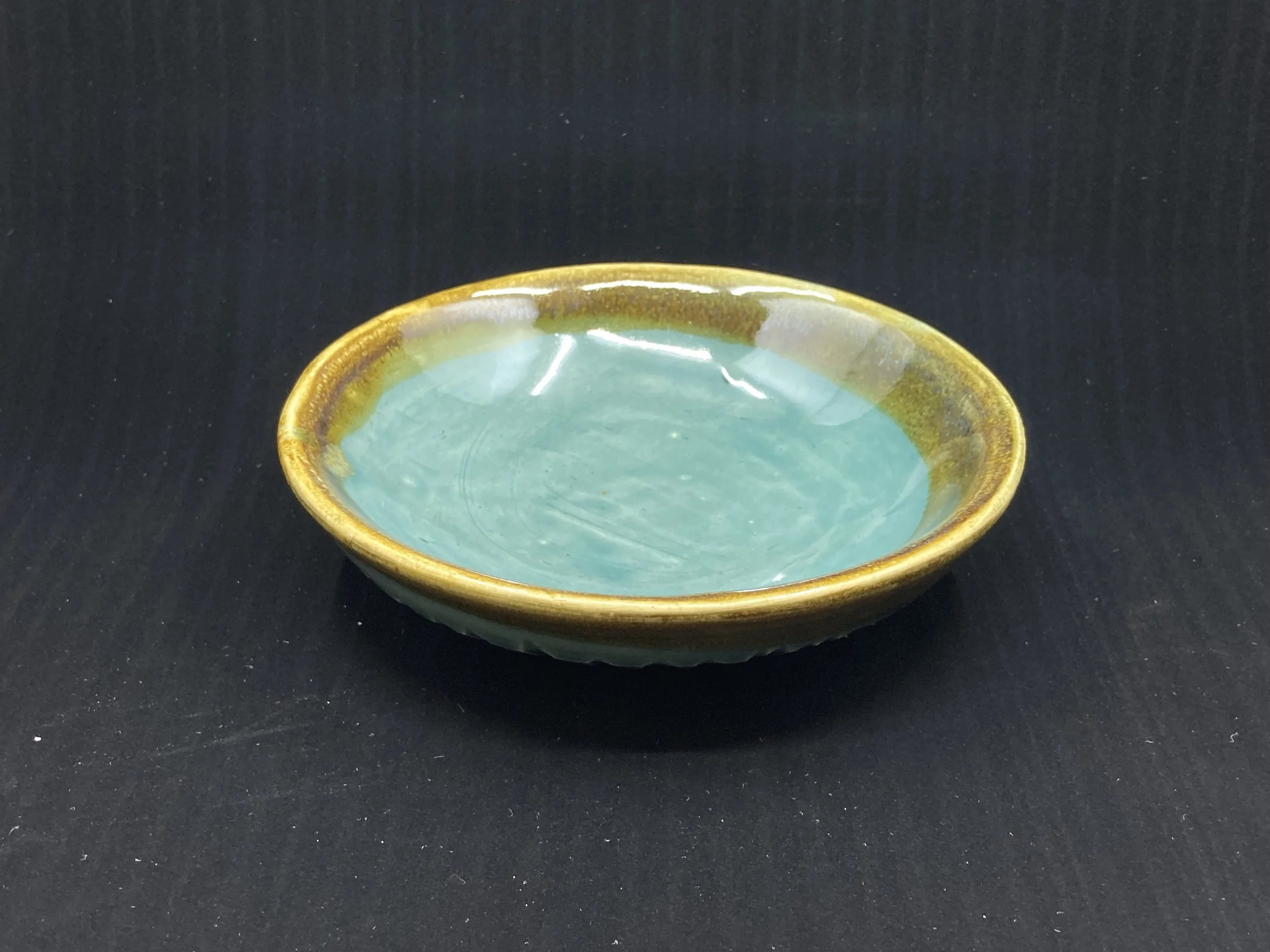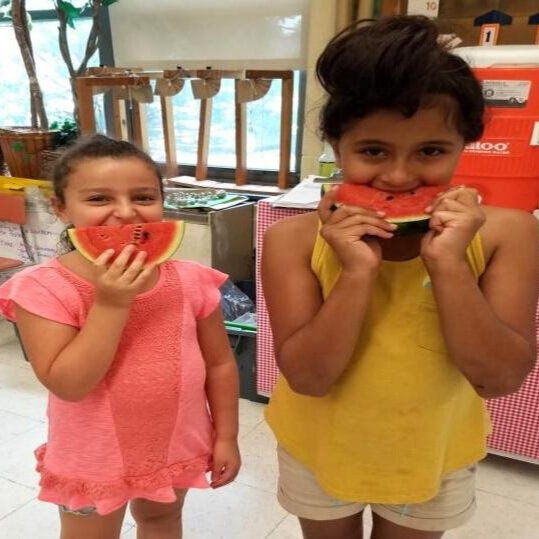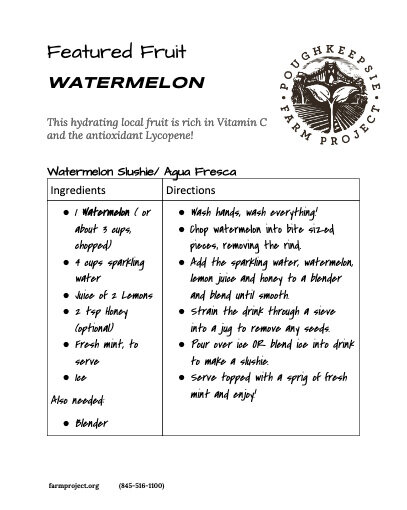By Kate Leahey, Education Intern
Watermelons are one of our favorite summer snacks! If you’ve ever tasted a delicious slice of cold watermelon on a hot summer day, then you can understand why. Watermelons are a whopping 92% water, great for staying hydrated in the hot months. Thousands of years ago, ancient civilizations treasured this trait of watermelons. They would pummel watermelons into a juicy pulp full of water to provide enough water for everyone. Today’s watermelons are much sweeter and have softer rinds than the ancient ones, so we can enjoy the delicious flesh on the inside without having to do any pummeling. This month we are celebrating this sweet, cooling treat as our Harvest of the Month for August!
What do we know about watermelon plants? For starters, they are in the same plant family as other melons, squash, cucumbers, and pumpkins. Like the other members of their family, watermelons are vine-like plants that produce flowers. People grow watermelons all over the world, and there are thousands of different varieties. Though many of us may be used to watermelons that are bright red on the inside, they actually come in lots of different colors, like orange, yellow, white, and light pink. The outside part of the watermelon -- the rind -- can be many different colors, too. Some varieties have golden rinds, others have purple, and one variety called the “Moon and Stars” even has a green-black rind with yellow circles, making it look like the night sky. How cool is that?
People have been enjoying watermelon for years -- they are thought to have been cultivated first 5,000 years ago based on watermelon seeds that were found in the tombs of Pharaohs in ancient Egypt. Today, people all over the world enjoy their delicious taste and refreshing coolness. We have already mentioned how wonderful watermelons are in the summer because of their high water content, but the health benefits don’t end there. Watermelons contain significant levels of Vitamin C (an antioxidant that is also great for skin and teeth), Vitamin A (helps your eyesight and maintains healthy bodily tissues), and Potassium (good for heart health and well-functioning muscles and nerves). Watermelon also has anti-inflammatory properties due to its lycopene content and can help improve digestion because it is high in fiber. There are so many wonderful reasons to bite into a slice of watermelon!
At PFP, we grow watermelon varieties like Little Baby Flower, Dark Belle, and Mini Love. While the fruit is delicious all on its own, there are plenty of ways to use watermelon in summer dishes, such as in a watermelon, basil, and feta salad, or mixed together with some cucumber slices and mint. Check out our recipe ideas, educational flyers, and a coloring page below!













